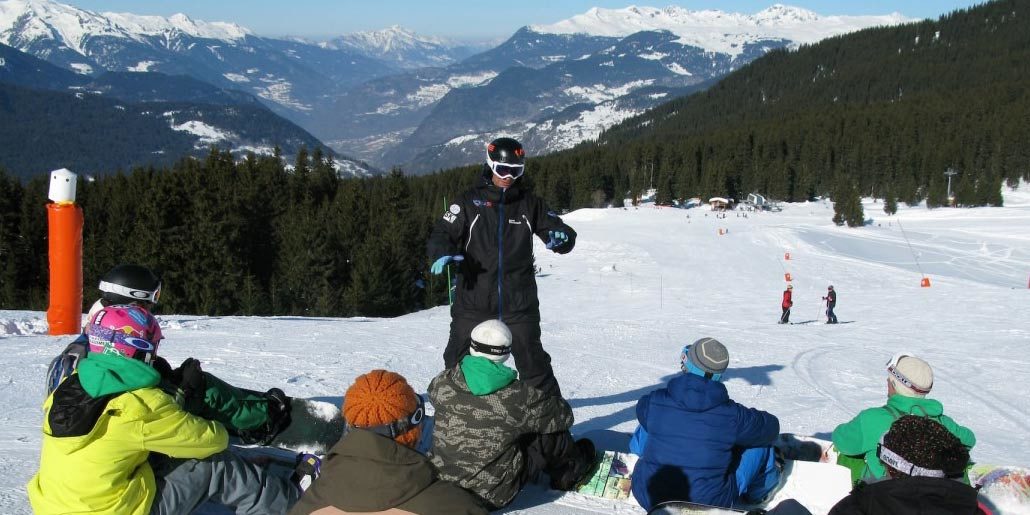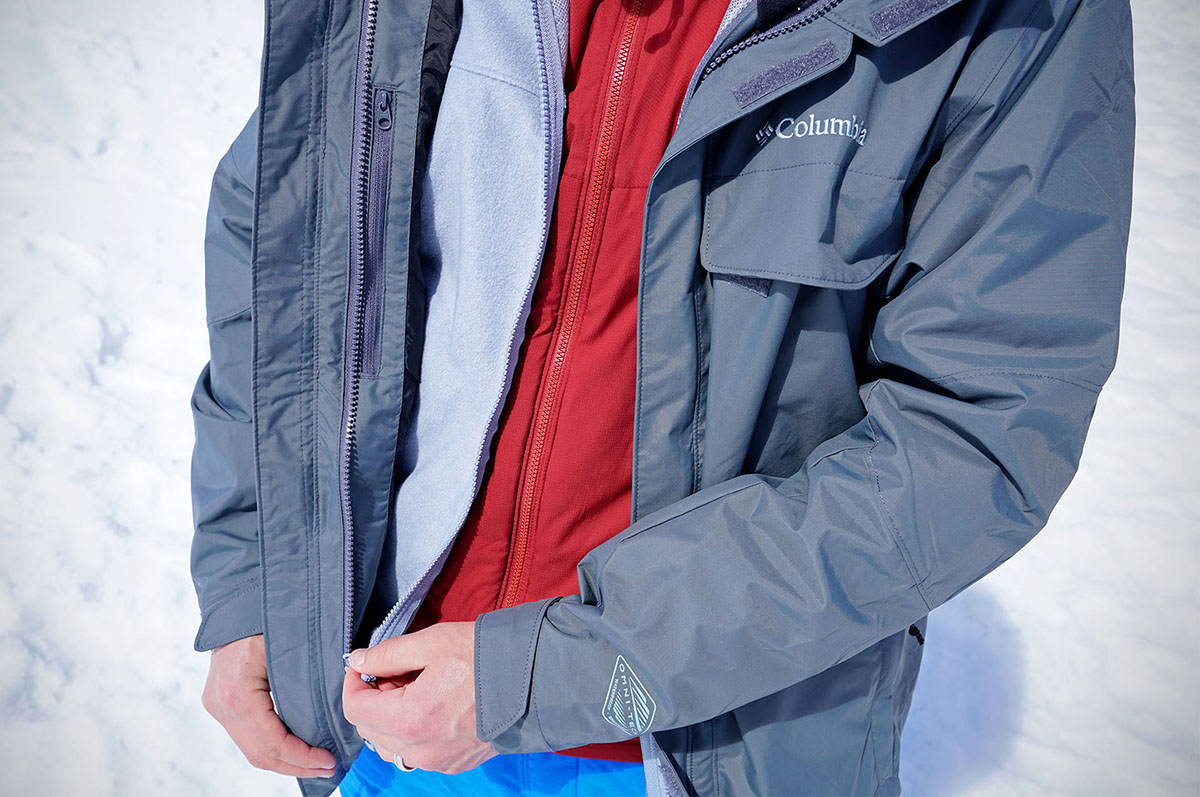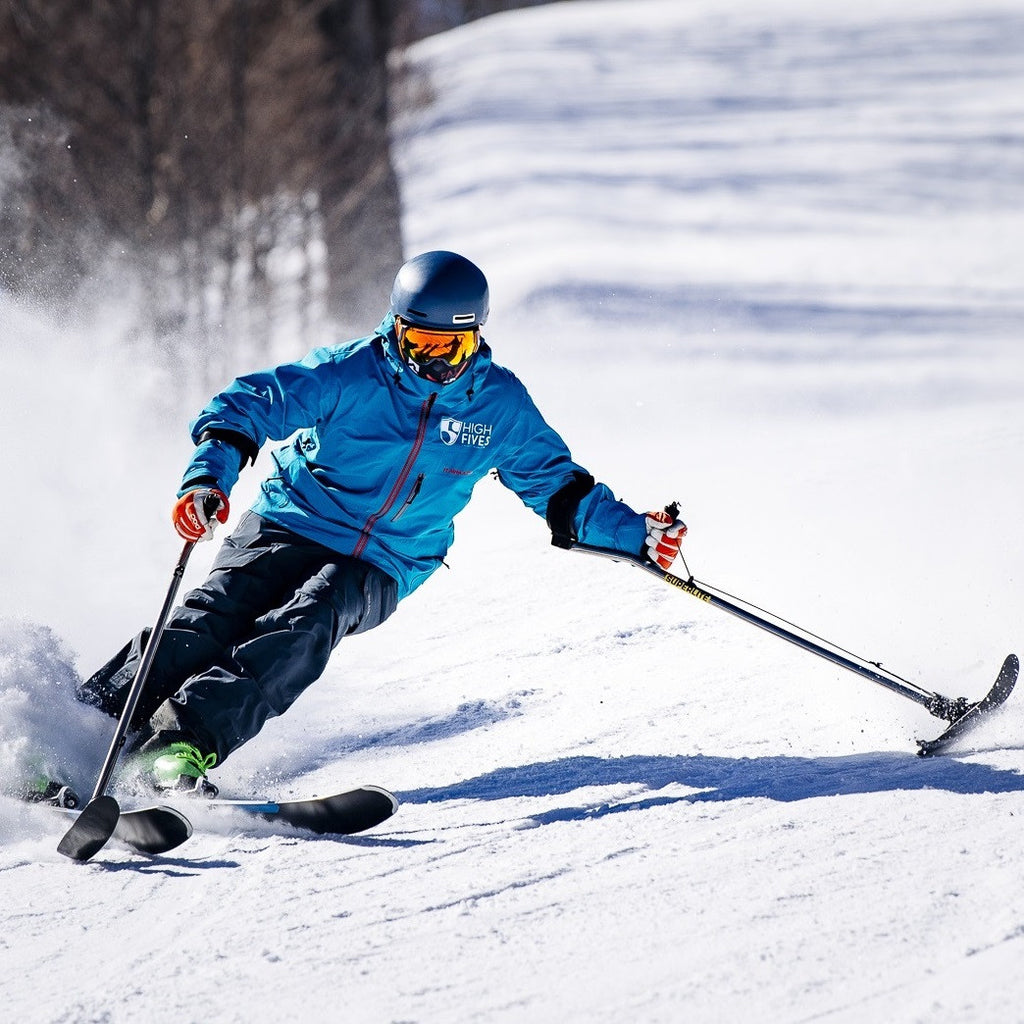
Cross country skiing (commonly abbreviated XC skiing) is an endurance sport in which skiers propel themselves across snow-covered terrain using skis and ski poles. It was included in the first Winter Olympics in Chamonix (France) in 1924. Since then, it has been an Olympic sport.
This is an intense aerobic sport that rewards extremely fit athletes. But few people realize how difficult it can be until they see World Cup races. Jessica Diggins was the first to win a gold medal at PyeongChang 2018. She competed in a freestyle team-sprint event with Kikkan Randall.
The sport of cross-country skiing originated in the Alps, where it was derived from alpine skiing and ski jumping, but today it is a demanding aerobic competition that tests the endurance of all muscle groups at once.
There are two types, skate and classic, of cross-country skating. Both have been used in the Winter Olympics over the past century. The 2022 Olympics will feature a mixture of both classic and skate cross-country skiing events.

The length of women's events is shorter than that of men in many of the Olympic cross-country events. Biathlon allows women to compete only in one individual event and one team sprint event.
The most well-known cross-country ski races take place all around the globe with participants from all walks of life. These races are a great way to meet new people, explore other cultures, and test your limits.
Many people in America love to compete at local ski parks or events. This sport is also available at many clubs and schools.
The Olympics' most popular cross-country race is the Mass Start. This involves a large number competing at once. This event at PyeongChang 2018 saw participation by 69 women and 47 men. At Beijing 2022 the limit will be 50 men to 30 women.
There are six cross-country ski events on the Olympic program: individuals, a time trial of about 10 miles; a mass start; pursuit; and relays for men and women. The longest race of them all, the men's 50-kilometer race is held on the last day of the Games.

Since its introduction in 1924 it has been a mainstay of the Winter Games. It is considered the most difficult of all sports, and is an excellent test of fitness.
FIS-ski Alpine
The FIS, which is part of the International Ski Federation (ISF), oversees all major snow sports, including snowboarding, alpine skiing and cross-country skiing. FIS is also responsible for all technical and scientific aspects.
The FIS comprises three distinct divisions, ski jumping combined, Nordic-cross-country skiing and cross-country. FIS also oversees World Championships across all three disciplines.
The FIS, like all sports, is always evolving and changing its rules in order to make the sport more enjoyable and better for all. New equipment regulations have been implemented, including a restriction that skis should not exceed the height of the skier and a limit on the length of ski poles at 10 cm.
FAQ
How can I prepare my body to go on vacation?
It is essential to exercise and eat healthy while on vacation.
Also, make sure you get plenty of sleep before you go.
All necessary travel documents should be prepared.
If you are planning on taking any medication while you travel, make sure you have enough to last you until you return to your home country.
In case of injury or sickness, always have an extra set of clothes.
What should you never forget when traveling?
Traveling can be stressful. You'll often find yourself in situations where you have little time to make decisions. It's okay to be spontaneous.
You might be stuck somewhere for hours, days, weeks, or even months. You can plan ahead to ensure you have water, food, shelter, and somewhere to sleep. But, if not, you might have the need to improvise.
These cases will likely require you to rely on the things you are most skilled at. It means you have to be able to quickly make decisions based upon your experience and instinct.
But sometimes, you won't have any choice. For example, you could be stranded in an area without cell phone service, running out of gas, or having been robbed. You will need to be flexible to any situation that presents itself.
The key to success is to stay calm, remain focused and act decisively. Don't panic. Instead, stay focused on what you have control of.
For example, if you're lost in the woods, you can choose which direction to go. If you feel hungry, you have the option to eat berries or mushroom. Rainwater or melting snow are good options if you're feeling thirsty.
Rest if your tired. You can wrap up if you're cold. If you're wet, you can change clothes. Whatever you decide, you'll feel better if you stay positive.
Should I buy travel insurance?
Travel insurance is important if your plans include adventure travel. It is important to have insurance that covers all types of adventure sports.
If you plan on skiing, make sure that you have health insurance. Also, you should consider getting insurance for theft, loss, or damage.
You should also consider buying cover for cancellation. This means that you can cancel your holiday without paying any penalties.
Additionally, it is a good idea to ask for emergency evacuation coverage. This includes evacuation from the mountain in the case of an earthquake or other natural disaster.
Where should I store my luggage
There are many choices. You can use lockers at airports as the most common option. These lockers are located in the vicinity of the security area. You can get one for $5-10 per Day, depending on how big the locker is.
A storage unit can be rented. These are often found outside large hotels or shopping centers. Prices vary, but some places offer discounts for multiple units rented together.
Third, you can hire a porter. The porter will carry your luggage from your carousel to your bedroom. You pay a small fee each time he helps you.
Statistics
- You can use compression sacs or cubes to reduce the volume of your clothes by up to 80%—this is especially convenient for bulky items such as sweaters and jackets. (eaglecreek.com)
- According to Maori legends, this park holds 14 fjords that were all carved by a giant stonemason with an adze. (busytourist.com)
- Case in point: the private island of Ilha Caldeira, less than seven miles off the coast as part of the Primeiras and Segundas Archipelago, is located within the marine-protected area with 20 percent of the country's intact living coral. (travelandleisure.com)
- That's an 18% jump from 2019, the previous record year. (travelandleisure.com)
- Pack sweaters, jackets, and underwear in reusable compression bags creating up to 75% more space in your luggage. (wikihow.com)
External Links
How To
How to plan your next getaway
Planning a trip includes many things such as booking flights, hotels and car rentals. It includes important considerations such a budget, destination, weather forecast, time frame, etc.
These points should be kept in mind while you are planning your next holiday.
To ensure you get everything right, we have created a step-by-step guide to help you plan your next vacation. This guide has been prepared based on our experience and customer feedback. We hope you find this guide helpful and easy to follow when planning your next vacation.
Steps:
-
Your Budget Plan - It is important to plan your budget before you start planning your trip. Before you can begin to plan where you want to go and what you'd like to do, you should know how much. In the event that you don't have enough cash, you might need to cancel your plans.
-
Book Flights – After setting your budget, you must book your flights. Make sure you choose the best flight deal available at the lowest price. Make sure to check for special offers during peak seasons. These deals could save you a lot of money.
-
Your Destination - Now that you've booked your plane ticket, it's time to choose where you want. Multiple factors will play a role in choosing the destination you choose, such as location (wherever you are), climate (what season), culture (how friendly and affordable it is), cost (how affordable it can be) and cost.
-
Find Accommodations. There are many options for accommodation, from budget hostels to luxurious suites. It all depends on what you want and how much space you have. A hotel is not the best choice if you want to be close to the city centre. If you prefer quiet, peaceful places, a homestay may be the best option.
-
Select Activities and Attractions - Now is the time for you to choose the attractions and activities that you want to include in your itinerary. You have the option to choose a handful of activities or add more depending on the length and duration of your stay.
-
Determine your schedule - After you've chosen the attractions and activities that you would like to include in your itinerary, it's now time to create it. A fixed schedule will ensure that you get the best value for your trip. But, it's possible to enjoy your trip more if your schedule is flexible.
-
You can create an itinerary by creating itineraries. These information can include flights, accommodations, activities and restaurants. You will need to record them all and make a list.
-
Research online - Make sure you do your research before you leave for your trip. Find out what other travelers have to say about different destinations by reading reviews and testimonials. This will allow you to plan your trip accordingly.
-
Be Light - Don't pack too much. This is the biggest mistake people make when packing. Do not bring more than three sets of clothes. Bring clothing appropriate for the weather you're visiting.
-
Always be prepared Make sure you have everything prepared before you go. You don't want your trip to be ruined by searching for vital documents while you're in transit.